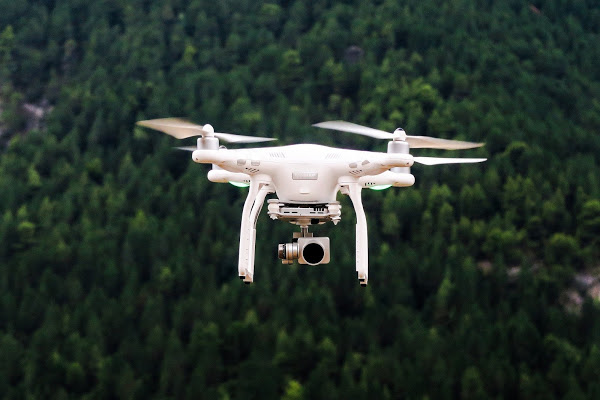As of December 31, 2020, the new European Drone Regulations spread out by the European Union Aviation Safety Agency (EASA) will come into power, making the way for an epoch of harmonization across the 27 EU Member States as well as Iceland, Norway, Liechtenstein, and the UK. The set of new rules clarify where drones can be flown, just making it simpler to follow/trace the owners. The UK Civil Aviation Authority (CAA) issued the rules, they have anticipated that there will be an escalation in the number of drone clients after they eliminated the differentiation among recreational and business applications.
At first, these drones didn’t need to be enlisted because of their sub-250g weight, yet this prerequisite has now been extended out to all drones with a camera. This implies proprietors of those drones, or any with a camera, should enlist their drone with the Civil Aviation Authority (CAA) and get an Operator ID. All drone proprietors in the UK will require two IDs before flying outside: the Flyer ID, which includes breezing through a short online assessment, and an Operator ID, which means enrolling your drone at an expense of £9 every year.
Three new classifications will consider the drone you have and where you mean to fly it, this will, at last, make it workable for novice drone pilots without a qualification. These categories are Open, Specific, and Certified. These have various prerequisites as far as training is concerned and the kinds of drones you can utilize. Recreational flying will be covered by the ‘Open’ category.
Open category: The Open Category is for what are viewed as generally low-risk flights and will apply to the sort of consumer drones that most of the novice drone pilots use. It further has three subcategories – A1, A2, and A3.
• A1 – drones weighing under 250g (0.55lb) can be flown over individuals.
• A2 – drones weighing more than 250g however under 2kg should be flown at least 50m (164ft) away from individuals.
• A3 – drones weighing more than 2kg should be flown well away from individuals.
Specific category: The Specific Category covers drone flights that represent more danger than the ‘Open’ Category and requires a degree of planning, similar to all current commercial activities. The CAA will distribute a bunch of pre-characterized situations and danger assessments.
Certified category: The Certified Category identifies with complex tasks, for example, those where parcels or even individuals are conveyed by the drone. This category is profoundly trained professionals and won’t apply to the vast majority of drone pilots.
Elliott Corke, director of Global Drone Training, said, “We would encourage people to read the manual and practise somewhere safe first.”
If you like the site, please consider joining the telegram channel or supporting us on Patreon using the button below.




